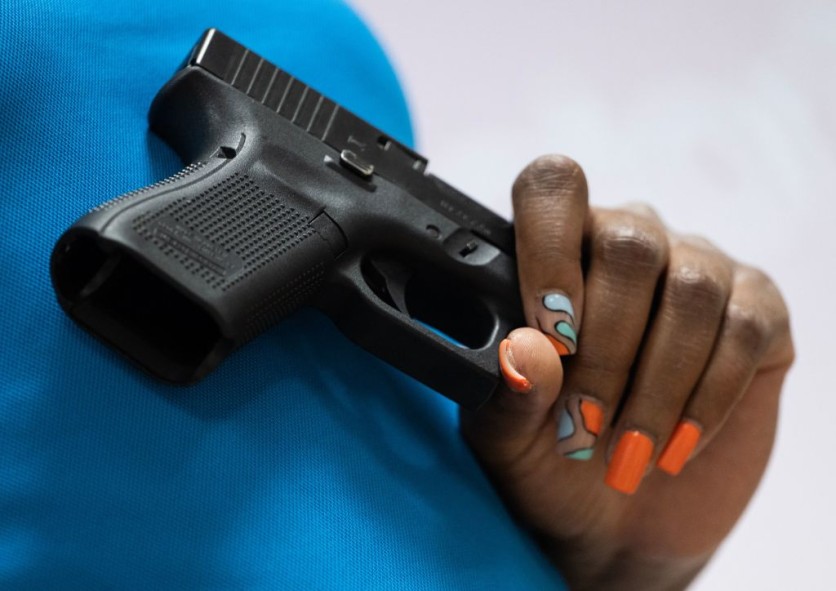Gun injury rates in the US have remained high for the fourth year since the outbreak, according to the latest federal data.
HealthDay reported that the CDC research noted that race greatly affected gun violence rates in 2023. On Thursday, the health agency's Morbidity and Mortality Weekly Report showed rising Black and Hispanic rates throughout the year, while other racial and ethnic groups' rates returned to pre-pandemic levels.
The study also noted socioeconomic influences on these patterns. Researchers discovered that metropolitan areas with higher economic disparity, unemployment, and housing issues had the greatest increase in gun injuries.
Gun Injuries are Higher in Areas with Dire Economic Conditions
By September 2023, emergency calls in 27 states revealed non-fatal gun injuries that did not need hospitalization or death. According to county-level demographics, counties with severe housing challenges had the highest firearm injury rates, a significant increase from 2019. Injury rates were highest in areas with considerable economic disparity and unemployment.
Given the unequal distribution and escalating number of weapon-related crises, Dr. Adam Rowh and his team stressed the necessity for state- and community-level gunshot injury prevention efforts.
Children and adolescents under 14 saw the highest rise in gun injury rates post-pandemic. Last year, firearm injuries accounted for 235 of every 100,000 emergency medical treatment interactions for this age group, up from 148.5 in 2019, per the report.

The Grave Impact of Gun Injury
Teens and young adults aged 15-24 had the highest gun injury rates between 2019 and 2023. Last year, there were 1,045 firearm-related ambulance calls per 100,000 people in this age range, highlighting youth firearm safety and prevention concerns.
According to a report from NPR, more children survive gunshots than die. However, gun violence can cause post-traumatic stress disorder, anxiety, and other psychological difficulties in youngsters, which also disrupts their education.
The report noted that gun injury survivors generally suffer long-term trauma, disability, and financial challenges. Health Affairs research found that gun-injured children are more prone to pain, mental health, and drug misuse problems. Consequently, these children's medical bills increased 17 times in the year after their mishap.
Beyond the hurt kid, their family is also affected by the trauma. Parents of gunshot survivors with commercial health insurance had a 30% increase in psychological conditions. Mothers had 75% more mental health visits. Due to emotional and financial stress, survivors' parents and siblings received less normal medical treatment.
Notably, firearm violence affects more than victims and their families, according to the CDC. Incidents in homes, schools, places of worship, businesses, retail locations, and community events affect community safety and everyday decisions.
Gun violence costs the US tens of billions in medical bills and lost productivity. Addressing these issues demands collaboration. A comprehensive community partnership strategy can prevent firearm injuries and fatalities, according to experts.

![Apple Watch Series 10 [GPS 42mm]](https://d.techtimes.com/en/full/453899/apple-watch-series-10-gps-42mm.jpg?w=184&h=103&f=9fb3c2ea2db928c663d1d2eadbcb3e52)



